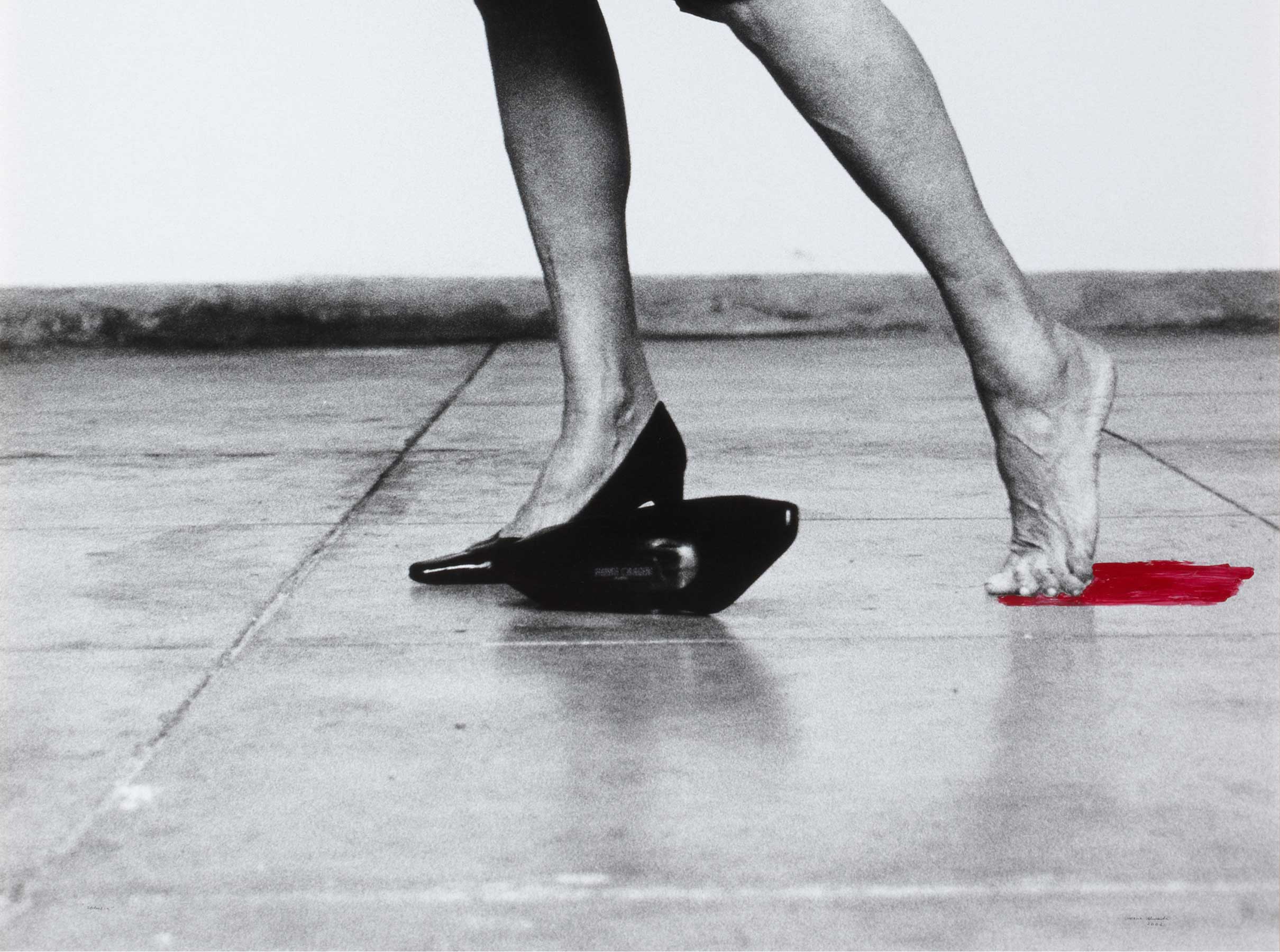Julio Carabias Salcedo
- 1934
- Oil on canvas
- 124,5 x 100,2 cm
- Cat. P_235
- Comissioned from the artist in 1934
At the time of the Second Republic, before the Spanish Civil War, it became customary in official portraits to do away with uniforms and medals, and even with dress suits, so as to focus on the character of the sitter rather than on his or her command insignia. This also served to highlight the quality of the paintings themselves, an aspect that was sometimes lost or relegated for the sake of emphasising official symbolism. This painting applies the values of the Republic to the image of a dignitary, who was to go down in history via that image. First and foremost, this portrait of Julio Carabias must be seen as a painting; a strongly visual representation of an individual. Governor Carabias in his street clothes comes across as more elegant than others who are portrayed in high-ranking uniforms. The head and hands are very well painted, and indeed the whole painting is very well done. It is a work that saves the name of Julio Moisés Fernández de Villasante (18881968) from being forgotten. He was one of the finest portrayers of Banco de España governors, but he was overshadowed by the avant-garde styles of his time, to which he was wholly impervious.
Comments updated by Carlos Martín.
Governor of the Banco de España 1931 - 1933
His career was mainly in banking. In 1902 he joined the Banco de Bilbao, where he worked in the Bilbao and Paris branches. He also worked at the Banco Vasco and the Banco del Rio de la Plata in Bilbao (1920-1931) among others.
He was governor of the Banco de España when the Republic was proclaimed and during the two years of Socialist government from April 1931 to October 1933, i.e., during the terms of office of Treasury Minsters Indalecio Prieto, Jaime Carner and Agustín Viñuales. These were times of financial and monetary hardship, exacerbated by the fallout from the international crash of 1929 and the outflow of capital that followed the change of regime.
The Spanish Civil War brought about a split in the Banco de España. From August 1936 to 1939 he held the post of First Deputy Governor under the control of the Republic. He oversaw the transfer of the Bank's gold reserves to Moscow under the order signed on 13 September by the Largo Caballero government. At the end of the war he went into exile in Paris, and in 1942 he moved to Mexico and then finally to Chile, where he died.
Other works by Julio Moisés Fernández de Villasante

